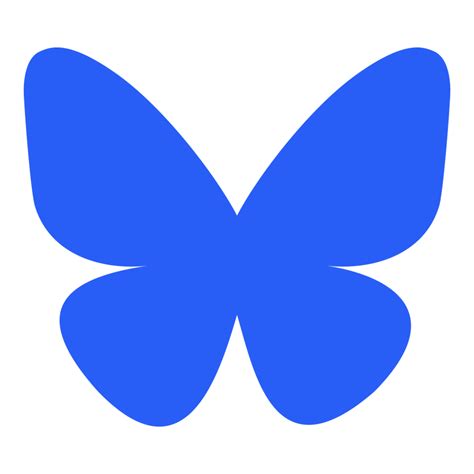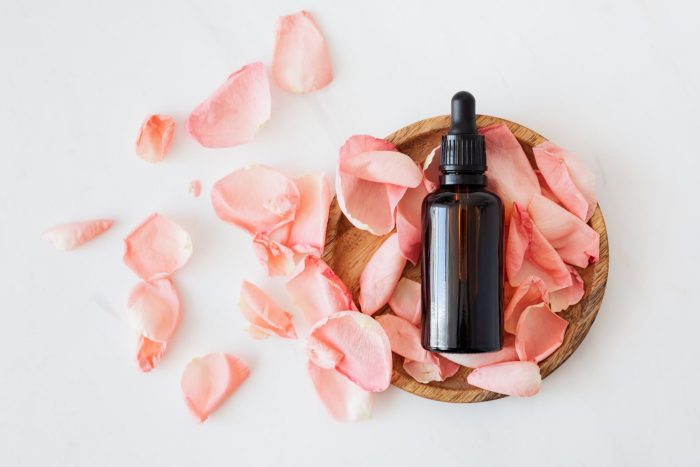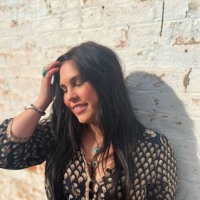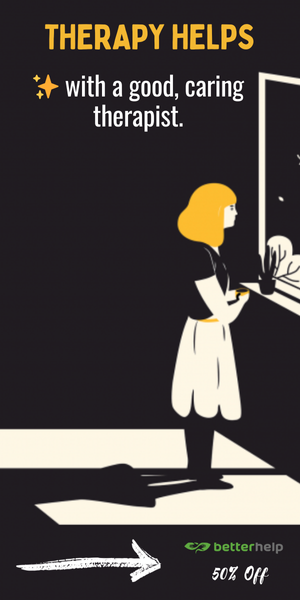Imagine Cleopatra lounging on a pile of embroidered cushions after a long day of being an absolute boss. She wants to drift off into a peaceful sleep, but her mind is racing. (Drama with Rome again and Marc has been driving her crazy.) Luckily she knows just the thing to calm her restless spirit. She draws a warm bath and adds milk and honey along with a generous pour of luxurious rose essential oil. She lowers herself into the water with a deep sigh of relaxation, breathing in the calming aroma of the oil and massaging them into her skin to preserve her eternal youthful glow. Cleopatra, famed for her power, her beauty, her charm, was an essential oil fiend and quite probably the original queen of self care.
Egypt wasn’t the only ancient society to embrace the many benefits of essential oils thousands of years ago. The Bible mentions over 12 different essential oils. Most famously, the Magi brought baby Jesus gold along with frankincense and myrrh essential oils. Civilizations in China and India also were using aromatic plants in the form of oils, balms, and resins. Essential Oils remain a core element of Ayurvedic medicine, a 5000 year old healing system which is becoming increasingly popular in the Western World. They were used religiously as well as medically and were believed to have both physical and psychological benefits. Hippocrates, the Greek physician and father of modern medicine, is reported to have advised, “The way to health is to have an aromatic bath and scented massage every day.”
Even during the extremely religious Middle Ages, when essential oil bathing and other holistic medical teachings were frowned upon by the Catholic church and labeled as witchcraft, Monks secretly kept the knowledge of essential oils alive and well at the risk of persecution. By the 1600s writings and teachings on essential oils were out in the open again and by the 1800s most of the medical community in Europe was using and prescribing essential oils as cure for a variety of ailments.
Modern day essential oils, or aromatherapy, are credited to a french cosmetic chemist named Rene- Maurice Gattefosse who discovered the healing benefits when he severely burned his hands and healed them with lavender essential oil in the early 1900’s. He coined the term, “aromatherapie” after using essential oils to treat soldiers during World War 1.
Today in Europe, it is very common for doctors to prescribe essential oil options. Patients can choose prescription medicine or natural essential oils and many pharmacies carry both. They’re becoming increasingly popular in the United States with several major companies formulating their own blends from pure plant extracts.
Clearly, essential oils have some pretty strong healing powers and have withstood the test of time as far as natural remedies are concerned so it’s very exciting that they’re becoming more mainstream, at last. In the age of Big Pharma, many people are becoming disenchanted with the side effects, addiction risks, and lack of understanding of drugs and turning instead to the age-old healing powers of plants. Modern medicine certainly has its place, but so do natural remedies, and there’s no better time to give them a try.

 Share on bsky
Share on bsky





Read 0 comments and reply